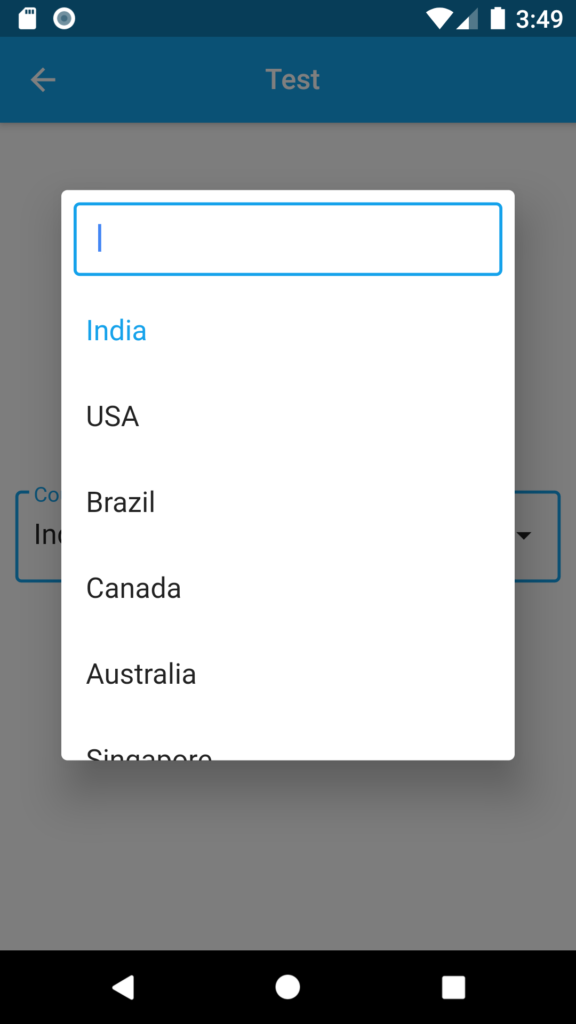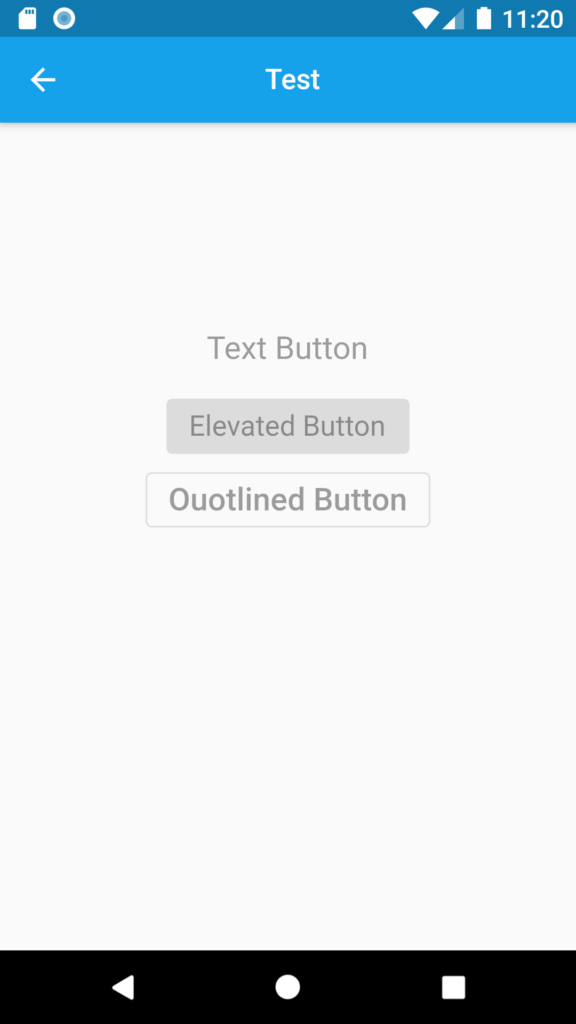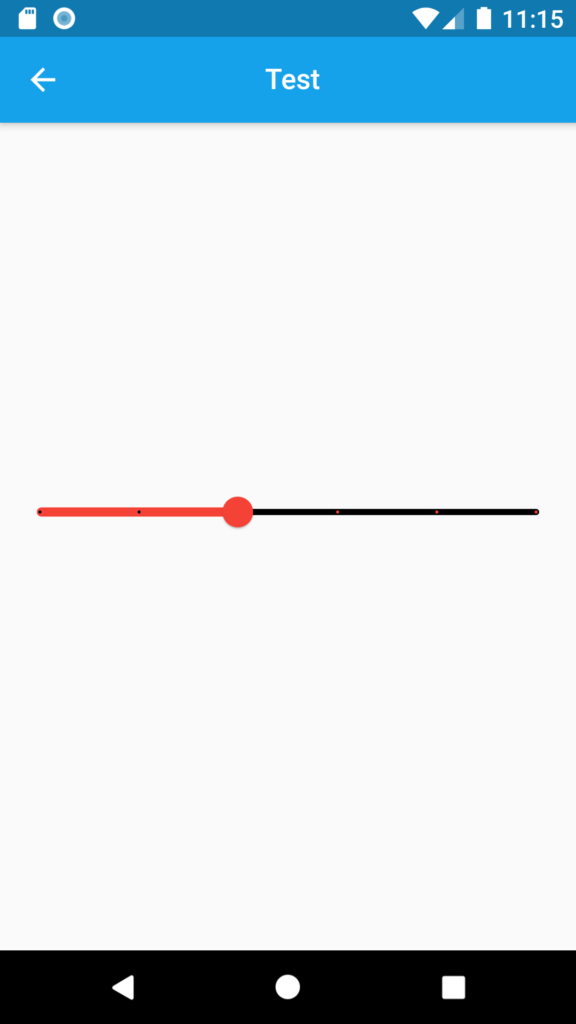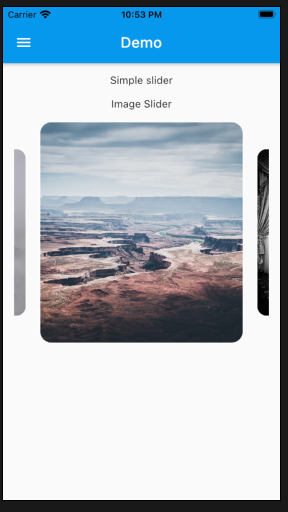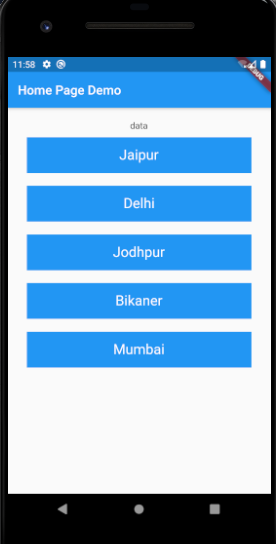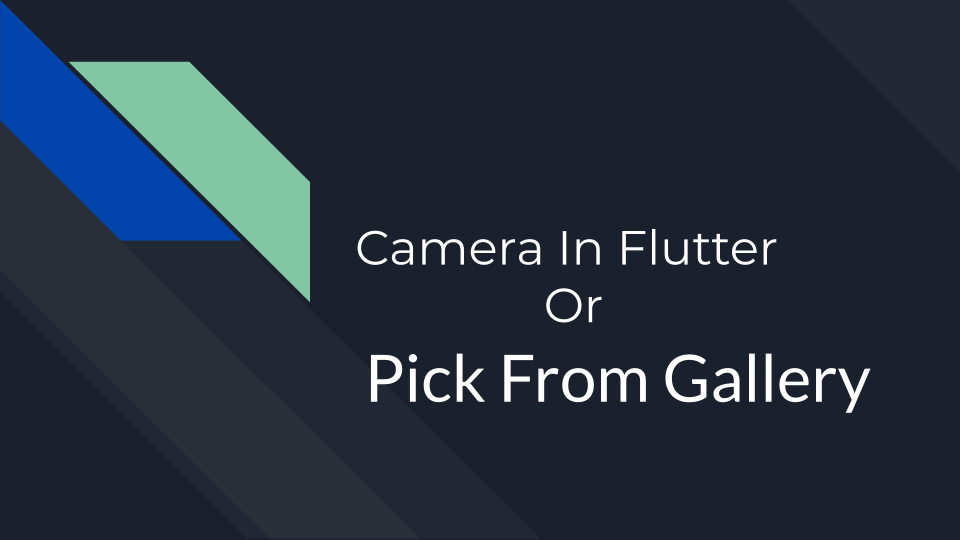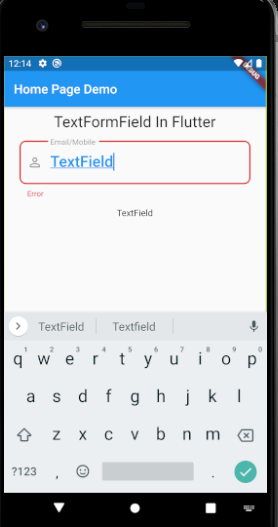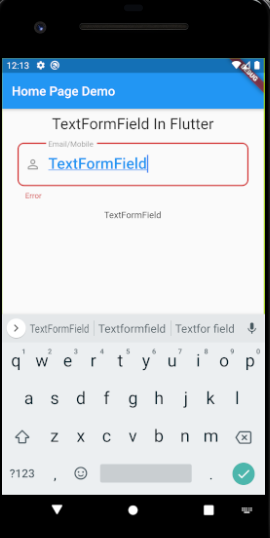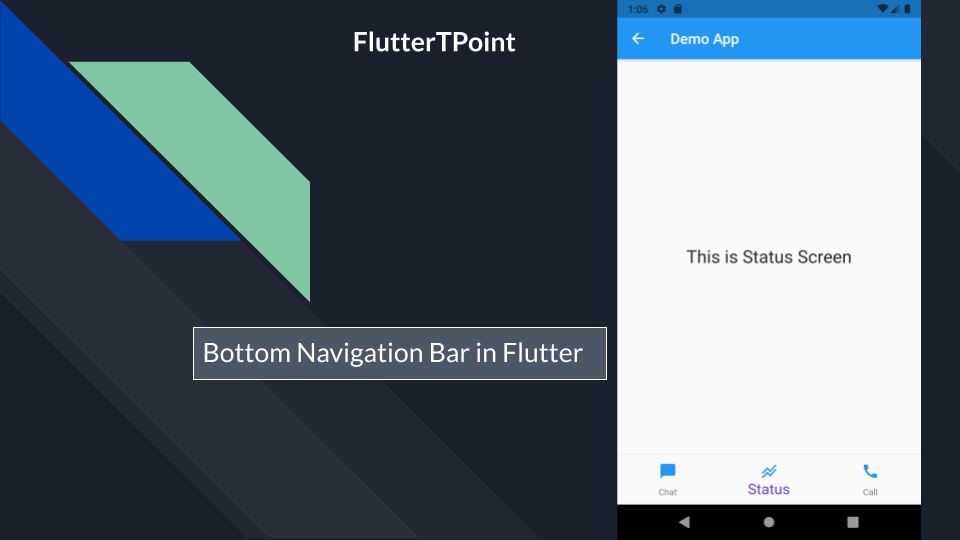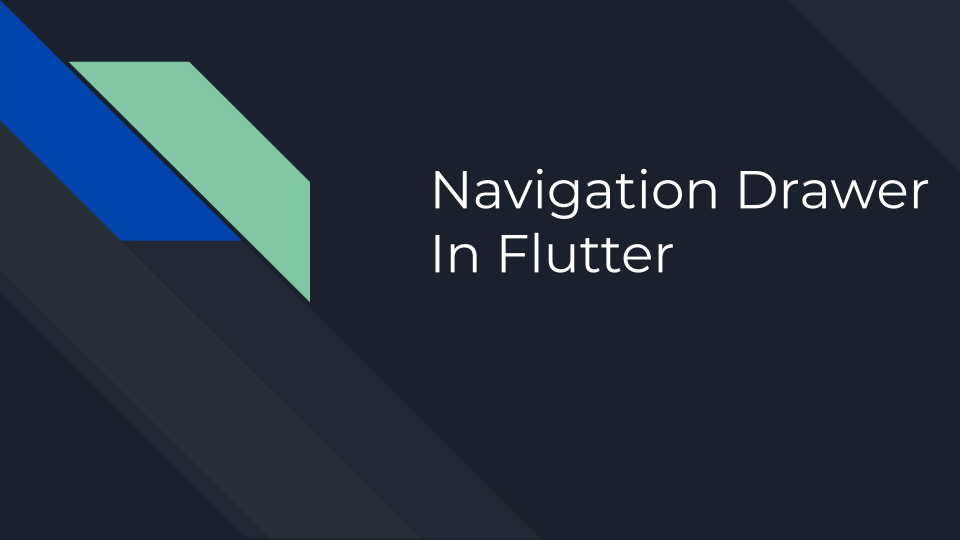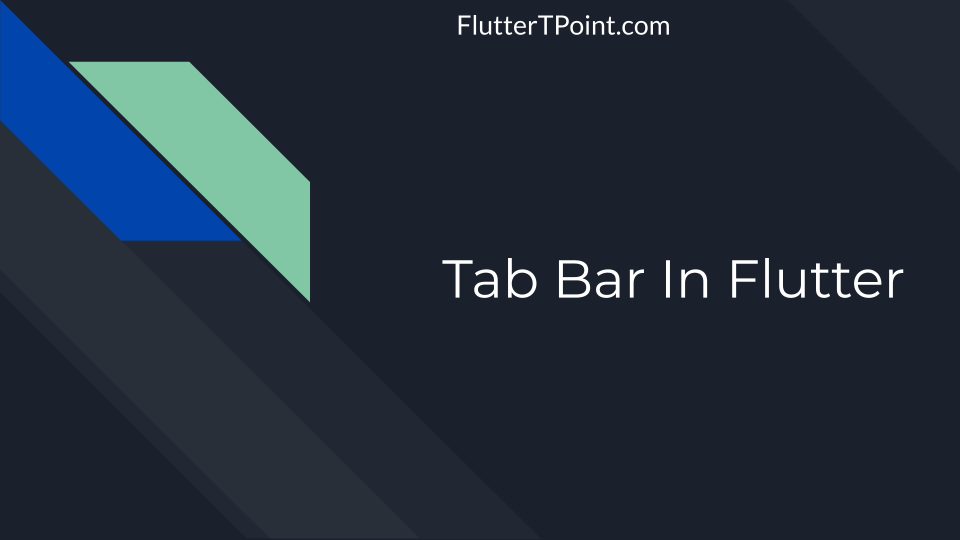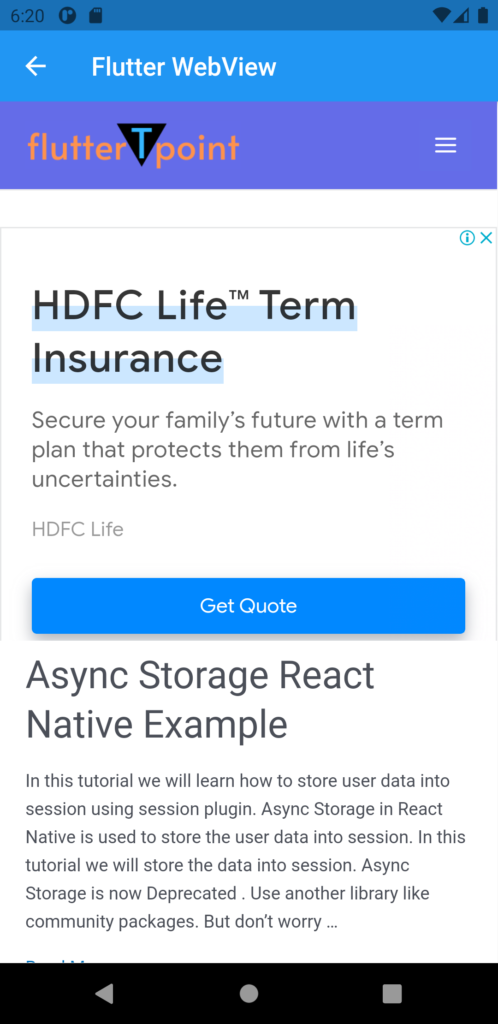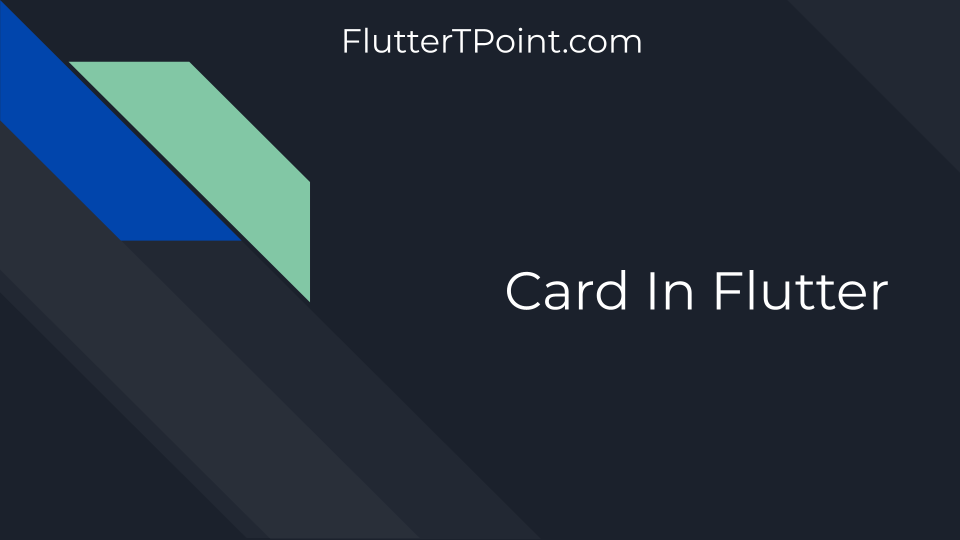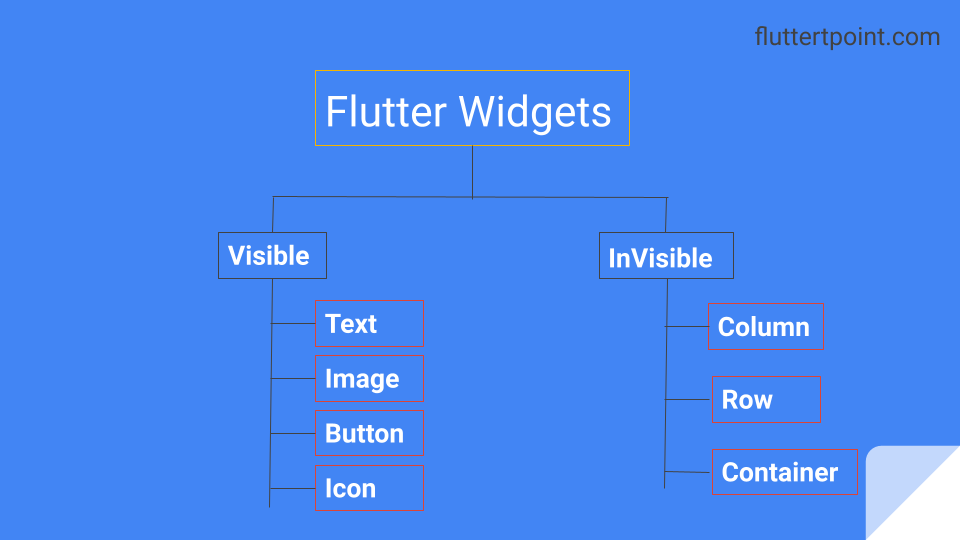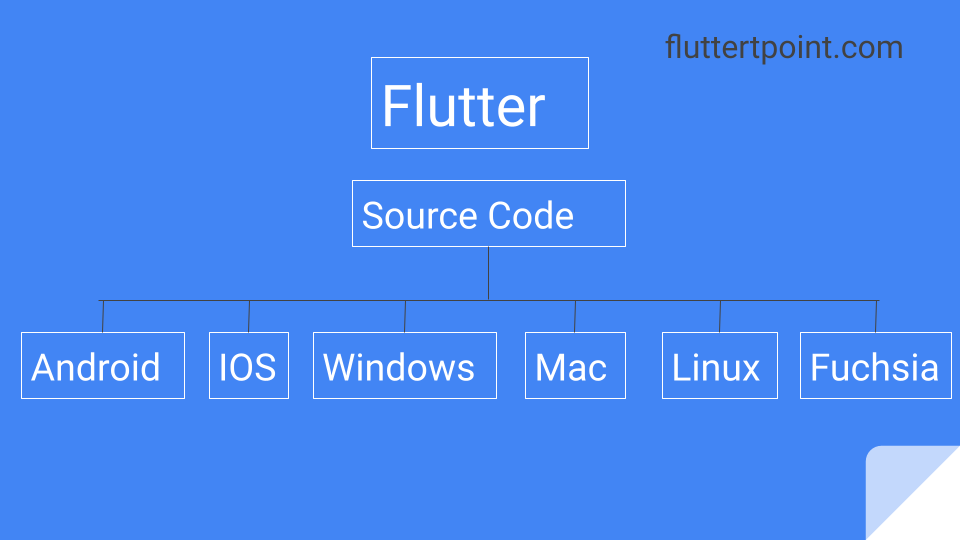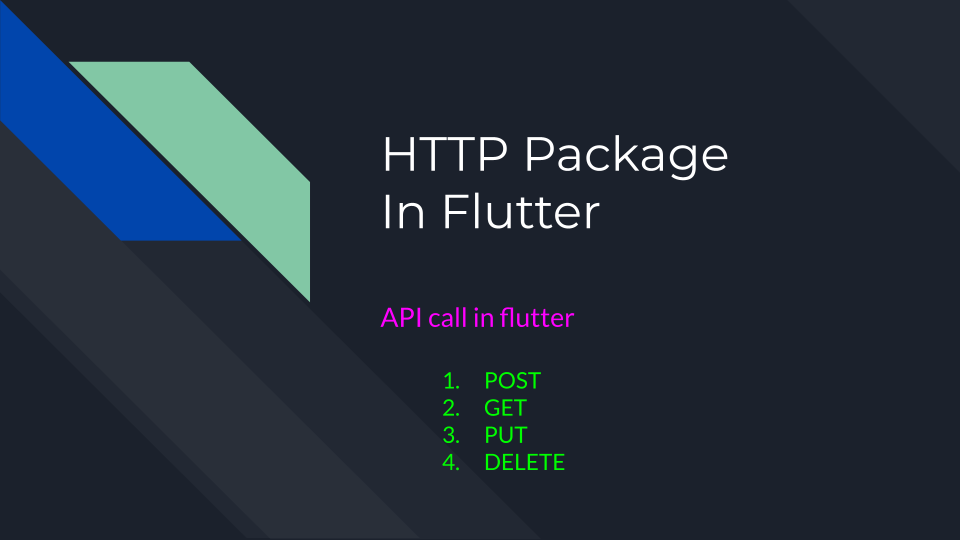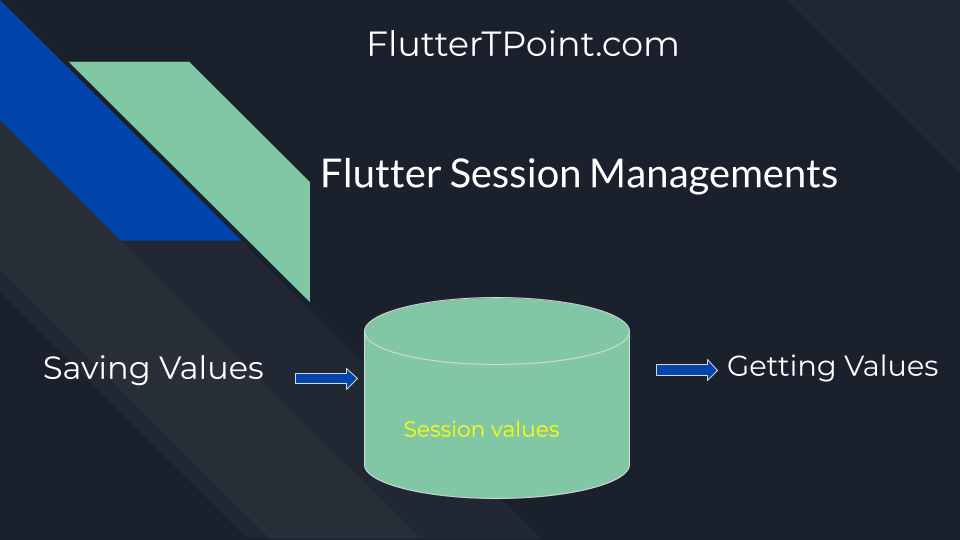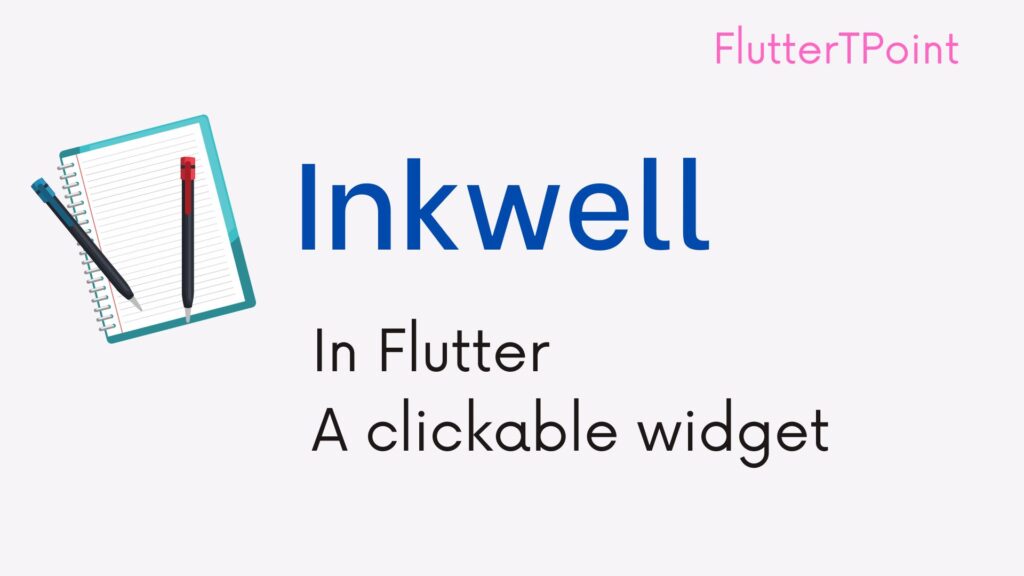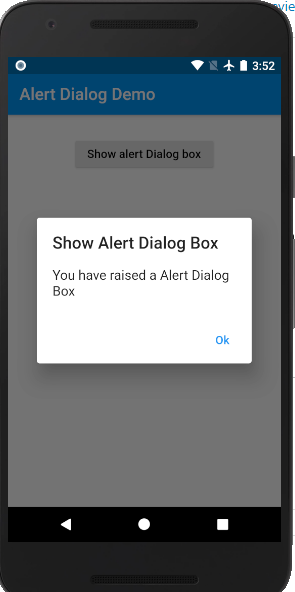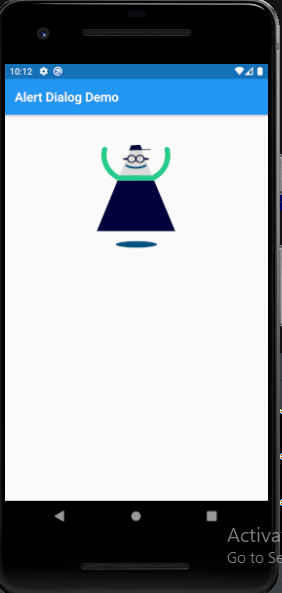Welcome to your ultimate guide to mastering Flutter interview questions! Here, we’ll dive into the top questions you might encounter in a Flutter developer interview, complete with answers to help you crack the code. These insights are essential preparation before stepping into any interview room. By familiarizing yourself with these questions, you’ll not only boost your confidence but also set yourself up for success!

See Top Flutter Interview Questions
Below are some of the Top Questions for Flutter Interview. You should know that there are no fixed questions for any interview, but we collected top of them which are generally asked be interviewer.
1. What is Flutter?
Flutter is an open-source UI development software kit developed by Google. It is used to develop cross-platform apps for Android, IOS, Linux, macOS, Windows, Google Fuchsia and web from a single codebase. It was first described in 2005 and released in 2017.
2. Which language is used in Flutter?
Dart is used in Flutter to develop cross-platform apps.
3. What are the advantages of Flutter?
Below are some advantages of Flutter:
- Flutter is an open source SDK.
- We can develop cross-platform apps from single codebase. Mean, the code written at a time can be used for Android, ios, windows, Linux or web app. No needed to write separate code for each app.
- Huge support community: Google provide huge support of community for solving your problems.
- Fast processing of applications.
- Hot reload: Changes reflects on that spot at the time of development.
- Easy to learn: Dart which is easy to learn is used to develop the cross-platform apps.
4. What are the Widgets in Flutter?
Widgets are the building blocks in Flutter. Widgets are the part of UI which shows the data on display. These are used to create UI part in the Flutter applications. Some of the basic Widgets are below:
- Container
- Text
- Row
- Column
- Stack
- Button
- TextInput
5. What is Dart and its use?
Dart is a object-oriented, programming language developed by google in 2011. It is used to create UI for web and mobile apps. It is an important language for creating flutter apps.
6. What are the best Editor for Flutter?
The editor make an easy to code faster and run the applicating in easy way. Editor allows to use plugins to implement in the project. These are below:
7. Where do you store images and files in your project?
An Assets folder is used to store image and other files. An Assets folder generally created inside the ..src/assets.
8. Where do you add new dependencies in Flutter?
The pubspec.yml files is used to add the new dependencies. It is also stores the other information like. Project’s general setting, name, description and version along with fonts and Assets.
9. List Different Types of Widgets Available in Flutter?
Two types of widgets are available in Flutter, stateless and stateful. These are as:
stateless widget: Don’t store any value which will change in future. It don’t changes the state of the widget like. Text and Icon are the example for this type widget.
stateful wudget: This widget can change the state of any widget which will change in future. It changes the state of the widget and update in UI.
10. What are the different types of build mode in Flutter?
Mostly there are 3 types of build in Flutter. Debug, Release and Profile.
Debug: Used to debug the application on the physical device, emulator or simulator. Errors are solved in the mode.
Release: The Release mode used to deploy the app. Here assertions, service extension and debugging are disabled.
Profile: Used to analyze the performance the app. Here, some extensions and tracing are enabled.
11. What is Hot Reload in Flutter?
When we do changes in the running app which is already installed in immulator/simulator or physical device, the changes update immediately in the app. We can also update the new UI by applying the Hot Reload in Flutter during the development time.
12. What are the limitations of Flutter?
There are some limitations, which are below:
- The number of third-party libraries are small.
- The release size of app is larger then expected.
- Flutter is not used widely, because it is newly launched.
More Flutter Interview Questions:
13. What is BuildContext in Flutter?
Widgets are generated with the build method, which has a BuildContext parameter that defines their functionality. It defines the context of a custom-build widget. No widgets exists without BuildContext. BuildContext is frequently used to connect with parent widget
14. What is Provider in Flutter?
A Provider allows to not only expose a value, but also create/listen/dispose it. When you place a Provider in widget tree, all the child of the Provider will have access to the value exposed by it.
15. Which design pattern Flutter follows?
Flutter is designed as an extensible, layered system. It exits as a series of independent libraries that each depend on the underlaying layer. There are many ways to architect an app in Flutter which can be MVC(Model View Controller), MVVM(Model-View-ViewModel).
16. What are Keys in Flutter?
A key is an identifier for Widgets, Elements and SemanticsNodes. A new Widget will only be used to update an existing element if its key is the same as the key of the current widget associated with the element.
17. What is async and await in Flutter?
Async and await are keywords that provide a way to make asynchronous operations appear synchronous. Async allow to wait the function to get the result. Use async before the function name and await to wait the result of any function or anything.
18. what is difference between runApp() and main()?
The runApp() takes the given widgets and makes it the root of widget tree. The main function itself is the Dart entry point of an application.
19. What are the editors are used for Flutter app development?
For Flutter app development you can use Android studio(most preferred), Visual Studio, XCODE, IntelliJ, Eclipse, Vim or Emacs.
20. What is the difference between SizedBox and Container.
It is a simple box with a specified size. It can be used to set size constraints to the child widget, put an empty SizedBox between two widgets to get some space in between, or something else.
Container class in Flutter is convenience that combines common painting, positioning and sizing of widgets. A container class can be used to store one or more widgets and position them on the screen according to our use.
Thanks for visiting this tutorial, hope you will crack your interview. Learn more Flutter Tutorials.

